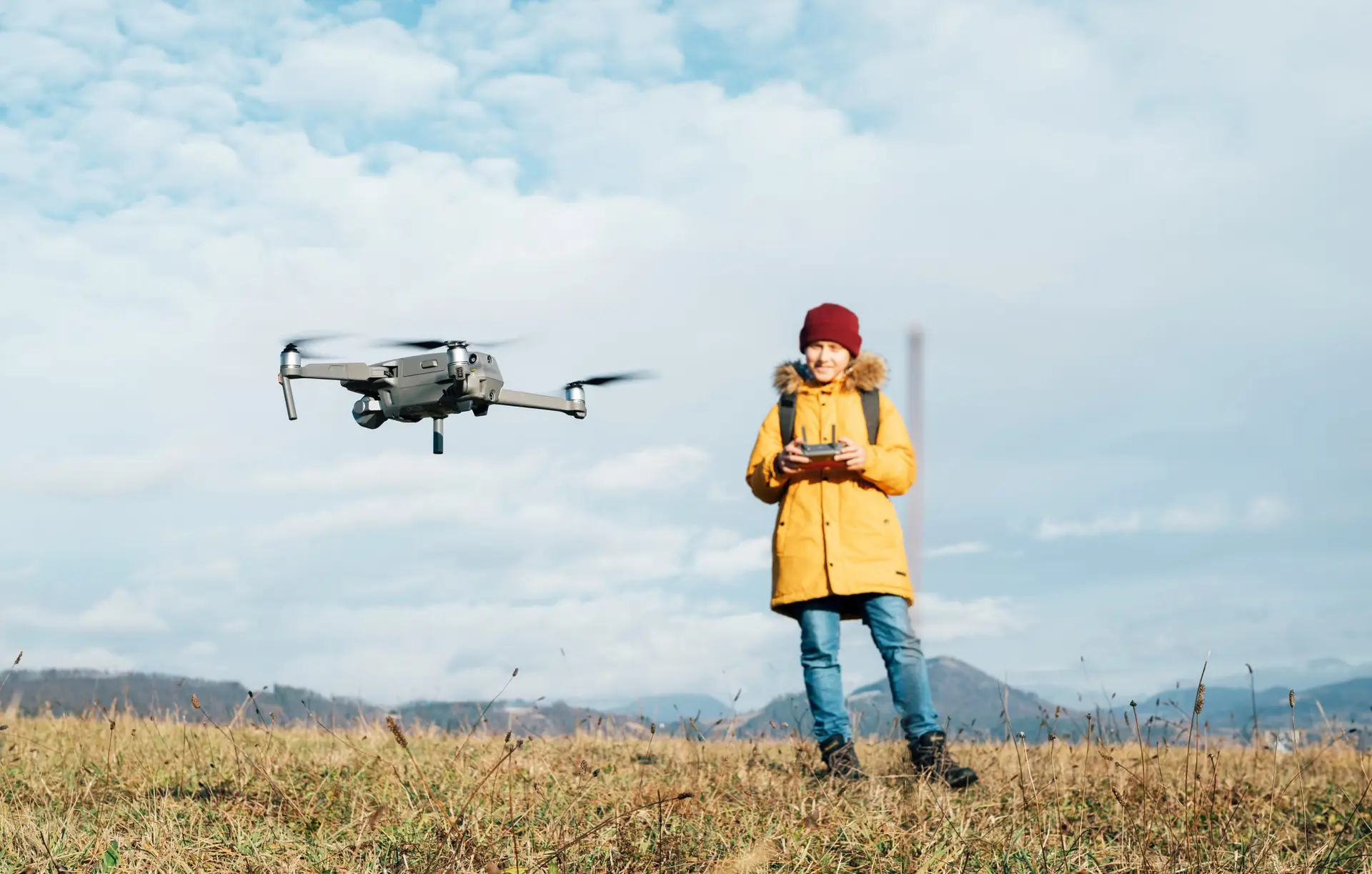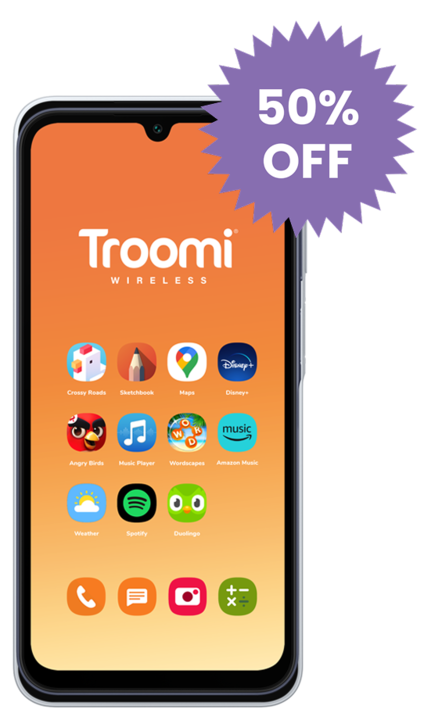One of my family’s favorite fall activities is to pull out our gloves and hiking boots and go on a hike. A few days ago, we were out on a trail when we walked past an Italian tour group. As one does on a hike, we tried to sidle past and continue on our way. As we were squeezing by them, a man from the group suddenly stuck his arm out and nearly smacked my mom!
Understandably, we were all stunned by the seemingly unprovoked outburst. Hey, that’s my mom, buddy! We were surprised, that is, until we looked one step ahead of my mom and saw a small machine that looked straight out of a sci fi movie. We had almost stepped on this man’s drone.
After apologizing, we watched the drone slowly rise from the ground, where it hovered for a few seconds before shooting off into the sky. The tour group applauded as they watched, we laughed, and then continued on our hike.
Since then I’ve been wondering, “Is it legal to fly a drone?” Well, the answer is yes—as long as you follow a few drone regulations and laws set by the Federal Aviation Administration (FAA).
So zip up your bomber jacket, put on your finest pair of aviators, and let’s talk about how to legally fly a drone!
Are you flying for fun?
Before you can start flying your drone, you need to know what type of drone pilot you are! According to the FAA, there are four types of flyers:
- Recreational Flyers
- Certificated Commercial Operators
- Public Safety or Government Users
- Educational Users
If droning is just your hobby, this is recreational flying. So when you and your daughter are flying your drone in an empty field or you’re taking footage of a breathtaking mountain vista, you are considered a recreational user! For the sake of ease, this article is going to focus on drone regulations and laws for these fun flights of fancy.
If you think you fall into another category, check out the FAA’s official website for more info!
Keep an eye on your drone
As with all machinery, you need to keep an eye on your drone. If you’re flying it around buildings or through thick forests, it can easily slip out of your sight. Make sure this doesn’t happen!
If you can’t see your drone, there’s no way to know what accidents might occur. But not only is it dangerous, it’s also illegal! The FAA rules state that you are required to keep your drone “within the visual line of sight or use a visual observer who is co-located (physically next to) and in direct communication with you.”
And if you’re out flying your drone and see an airplane or helicopter in the area, it’s best to land your drone until they pass.
Fly at or below 400’ in controlled OR uncontrolled airspace!
This one’s important. Keep your drone at or below 400 feet, no matter where you are flying it. If your drone flies too high and you lose contact with it, it will plummet to the ground without a care for where it lands! Better to avoid a potential crash and keep your drone low and steady.
Are drones allowed over private property? While there are no federal laws against flying a drone over private property, some areas have local or state laws that prohibit it. Do some research and make sure you can legally fly in that area. And when it comes to flying over private property, encourage your kids to be a considerate neighbor. It may not be illegal in your location, but drones can be loud and disruptive.
If you are planning to fly your drone in controlled airspace, like near an airport, you need to get prior authorization through LAANC or DroneZone.
Take the Recreational UAS Safety Test (TRUST)
Who needs an FAA drone license? You do!
As of 2021, all drone operators need to pass a test in order to fly their aircraft legally. Once you’ve passed the test, you’ll get a certificate with proof of passage. Make sure to carry this with you when operating your drone and be prepared to show it to authorities!
Click here to learn more about TRUST and how to take the test. Don’t worry, it’s totally free.
Make sure to register your drone
If your drone weighs more than 0.55 pounds and less than 55 pounds, you need to register your device with the FAA. Registering is a simple process: create an account on the FAA’s website and fill out the required forms. You’ll receive a registration number. Mark your drone with the number, and carry proof of registration with you.
Unlike the safety test, registering your drone costs $5. Click here to get registered!
When you register, you may be asking “Can the FAA track my drone?” If your drone falls into the above weight category and is registered as a recreational drone, the FAA cannot track it! That is, until a new law goes into effect on September 16, 2023.
If your drone weighs more than 55 pounds or is not purely recreational, it may be subject to a new law requiring UAS Remote Identification. Click here to learn more about Remote ID, and the 2023 deadline.
A smart drone operator is a safe drone operator
While it may be tempting to do some fancy tricks and stunts with your drone, remember that it is more than just a toy! If something goes wrong, your drone could lose power and crash, resulting in a broken drone or an injury.
You need to be a safe flyer. No, really, the law demands that you be a safe flyer! This means flying only where you feel confident in your abilities, not engaging other aircrafts, and doing everything you can to avoid losing contact with your drone.
Stay safe with Troomi
Safety is important in more realms than just drone flying—especially when it comes to our kids and their phones. If you’re worried about your child’s tech safety, Troomi is the answer!
Our kid-safe smart devices help you stay in contact with your kids, while avoiding any of the dangers of regular smartphones. Through eliminating anxiety-inducing social media and using the safelisting feature on your child’s phone, we help you choose optimism over fear.
Check out our mission to learn more, and don’t forget to keep an eye on the Troomi blog for more info in the future!


